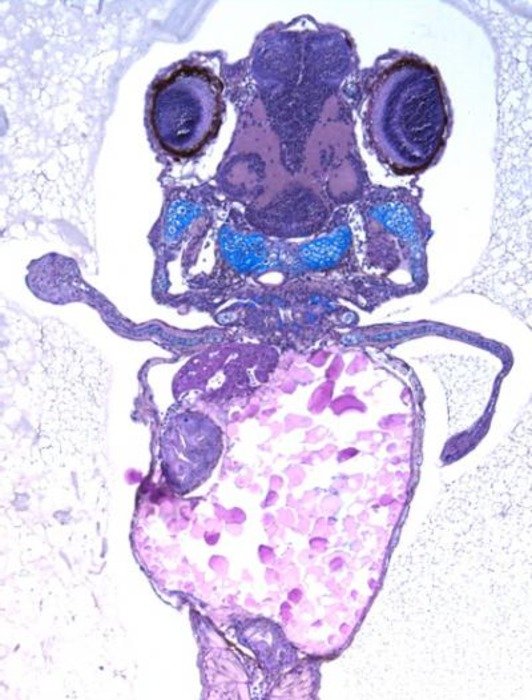SEVILLE, Spain, Dec. 10 (UPI) -- The change of fish fins into legs that helped vertebrates move onto land was the result of new DNA elements activating particular genes, Spanish scientists say.
That major event in the history of life, the development of hands and feet, is linked to Hoxd13, a gene known to play a role in distinguishing body parts, the researchers reported in the journal Developmental Cell.















